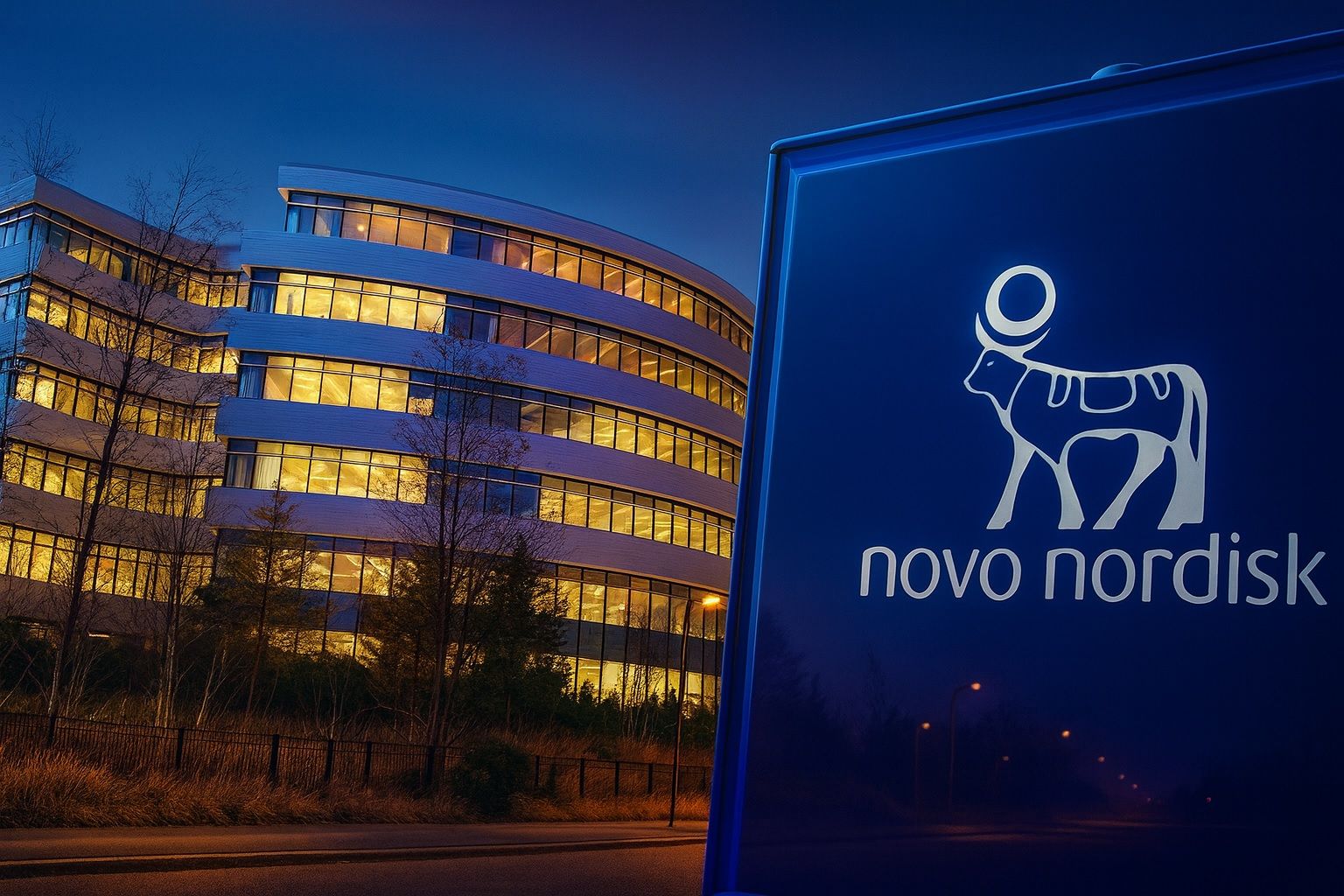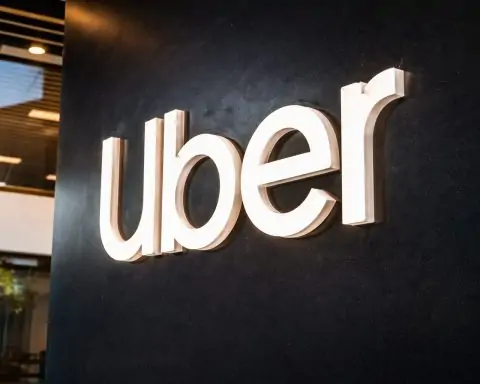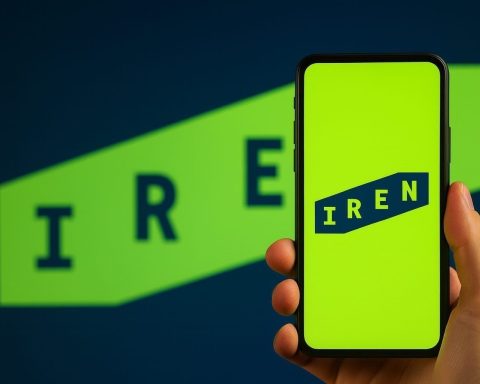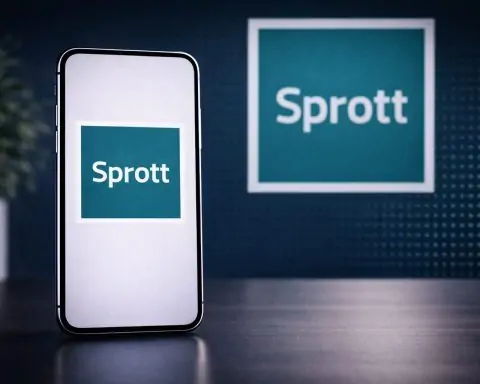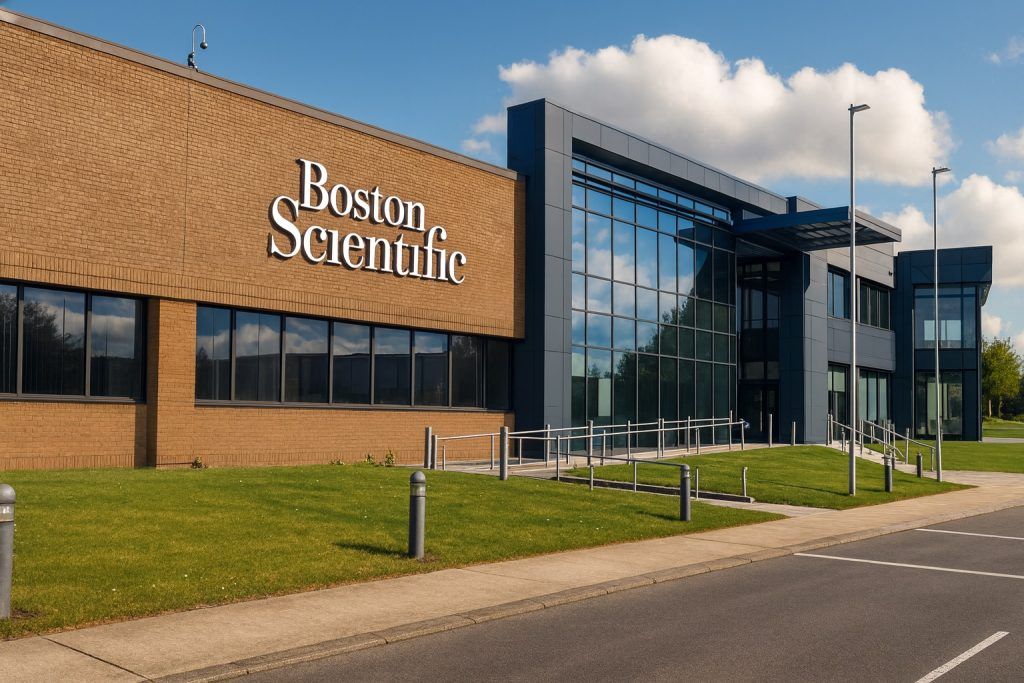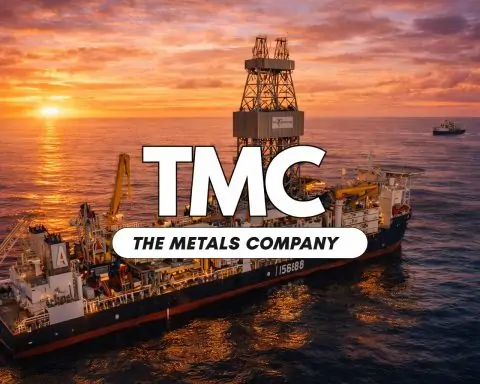- Stock Price: NVO closed around $54.78 on Oct. 21, 2025 [1]. Shares have plunged roughly 45–50% so far in 2025, erasing tens of billions in market value (the stock was near ~$117 in late 2024) [2] [3].
- Boardroom Shake-Up: Majority owner Novo Nordisk Foundation forced a “wholesale change” in the board. Chair Helge Lund and six directors will step down, to be replaced by six new members, with former CEO Lars Rebien Sørensen proposed as the new chair [4] [5]. The changes are aimed at “a sharper focus on the key U.S. market,” according to the foundation [6].
- Major Acquisitions: In October Novo announced two blockbuster deals to diversify beyond diabetes/obesity. It will buy Akero Therapeutics for up to $5.2 billion to get its NASH drug (efruxifermin) [7], and license Omeros’ OMS906 for up to $2.1 billion to treat rare blood/kidney disorders [8]. CEO Maziar “Mike” Doustdar hailed these moves as evidence of Novo’s “relentless ambition to move faster, go further” [9].
- Competition: U.S. rival Eli Lilly’s GLP-1 drugs (tirzepatide: Mounjaro for diabetes and Zepbound for weight loss) are aggressively cutting into Wegovy’s market. At one point Lilly even “overtook Wegovy in weekly [U.S.] prescriptions” [10]. Novo also faces lower-cost “copycat” semaglutide injections sold in U.S. clinics and compounding pharmacies [11]. Other drugmakers are stepping in: e.g., Pfizer agreed in Sept. 2025 to buy Metsera for ~$7.3 billion to enter the obesity market [12].
- Regulatory & Pricing News: The FDA recently approved Novo’s oral semaglutide pill (Rybelsus) to reduce cardiovascular risk in diabetes, a major win for Novo’s GLP-1 franchise [13]. At the same time, political pressure on drug prices is rising: President Trump vowed to cut Ozempic’s U.S. cost to ~$150 per month, sparking investor concern. NVO shares fell ~6% after his comments [14], as analysts noted $150 may just be a “negotiating lever” rather than a fixed price [15] [16]. Novo says it is in talks with the U.S. administration on a “most-favored-nation” pricing order [17].
- Analyst Outlook: Wall Street’s consensus is cautiously positive. StockAnalysis.com reports a “Buy” rating consensus with a 12-month target of about $80.4 (≈+47% upside) [18]. But many analysts have pulled back: Morgan Stanley cut NVO to Underweight (target ~$47) citing plateauing GLP-1 demand [19], and Bank of America warned more profit-guidance cuts likely ahead of Q3 results [20]. Overall, 28 analysts polled by Reuters still average roughly a “moderate buy” rating [21], reflecting Novo’s strong diabetes business and pipeline despite near-term headwinds.
- Investor Sentiment: Sentiment is jittery. Over the year Novo’s market cap has fallen by roughly $70 billion [22]. This week alone (Oct. 20–22) it shed about $10B as the board overhaul news hit [23]. Long-time shareholders, who saw enormous gains during the Wegovy boom, are now cautious or defensive. Some see the sell-off as a buying opportunity given Novo’s profitability and upcoming catalysts, but most are waiting to see Q3 earnings (early Nov.) and trial results before jumping back in [24] [25].
Boardroom Shake-Up Spurs Investor Nerves
Novo’s stock slide accelerated this week amid a dramatic boardroom conflict. On Oct. 21, the Novo Nordisk Foundation (the company’s controlling shareholder) announced it would remove chair Helge Lund and six other independent directors. A Reuters report noted that this “boardroom coup” came amid disagreement over strategy and a push for “a sharper focus on the key U.S. market to revive sales” [26] [27]. Former CEO Lars Rebien Sørensen is set to take over as chair for 2–3 years [28].
Trading reacted sharply. Novo’s Copenhagen-listed shares briefly plunged 6% on Oct. 17 when President Trump said he would force Ozempic’s price much lower [29], and fell another ~3% on Oct. 22 when the board shake-up was announced [30]. One analyst likened the foundation’s move to a “structural governance reset” aimed at better aligning the board with Novo’s new consumer-driven strategy [31]. Portfolio manager Markus Manns observed that the Foundation simply wants “a fresh set of eyes, new energy to support management” – in other words, more influence over Novo’s direction [32]. Manns added that the board changes are intended to inject more consumer expertise: newcomers include executives with retail and digital backgrounds, reflecting a push to tap the fast-growing self-pay and online markets [33] [34].
Lars Sørensen echoed this U.S.-focus approach. He told investors that “the U.S. is our daily bread… Having more representation of people that live in the U.S. would be great” [35]. In other words, Novo’s leaders believe future growth requires making GLP-1 drugs cheaper and easier for American patients – by scaling up production and lowering net costs. As the incoming chair put it, producing GLP-1 therapies “at very large scale at very competitive cost will become a competitive edge” [36]. In short, governance is shifting to prioritize tactics (e.g. direct-to-consumer platforms) that had lagged under the old board, as Novo tries to recapture U.S. market share lost to rivals.
Weight-Loss Drug Market Heats Up
Novo’s woes must be understood in the context of a fierce GLP-1 drug battle. Wegovy (semaglutide) made Novo the world’s most valuable company in 2023 as obesity treatment demand exploded. But in 2025 rivals gained ground. U.S. competitor Eli Lilly saw its diabetes drug Mounjaro (now approved for weight loss as Zepbound) produce even greater weight loss in trials [37]. By 2025, Lilly briefly overtook Wegovy in new obesity prescriptions in America [38]. Lilly also began selling Zepbound directly online to self-paying patients, undercutting Novo’s traditional channel model. This aggressive move sent Novo’s U.S. stock to support lower, sparking a ~4% drop on the news [39] [40].
Novo has responded by cutting costs and refocusing. New CEO Doustdar announced a huge restructuring in Sept. (9,000 jobs worldwide) to streamline the business. The goal, as an analyst noted, is “to redirect resources toward growth in diabetes and obesity” and execute launches better [41]. Novo is also innovating: it is developing a once-daily oral obesity pill (a combo of semaglutide and cagrilintide) in hopes of attracting patients who balk at weekly injections. Investors are “eagerly awaiting” data on this oral candidate, which could be a game-changer if approved [42].
Meanwhile, Novo faces budget players. Alongside copycat semaglutide sold by telehealth firms, generic versions loom on the horizon. Even political headwinds are adding pressure: Trump’s administration has launched “most favored nation” drug pricing talks targeting GLP-1s (he specifically named Ozempic), which could force rebates or price caps. Bernstein analyst Courtney Breen cautioned that Trump’s $150 target is not a done deal but a “negotiating lever” – yet the very threat is chilling for investors [43]. In short, Novo can no longer count on GLP-1 gravy-train momentum; it must grow more efficiently and find new markets.
Strategic Acquisitions and Pipeline News
Despite the turbulence, Novo is bulking up its pipeline. In October it announced over $7 billion in deals outside its core obesity/diabetes arena [44] [45]. First was the planned Akero Therapeutics acquisition (up to $5.2B). Akero’s lead drug, efruxifermin, is a novel therapy for NASH (fatty liver disease) – a condition affecting millions with virtually no approved treatments. With Wegovy already shown to improve liver fat, Novo sees efruxifermin as a complementary anti-fibrotic approach. Doustdar called the deal indicative of Novo’s “relentless ambition to move faster, go further,” and said efruxifermin could be a “first- and best-in-class” therapy [46]. Novo expects to integrate Akero’s Phase-3 candidate by 2027–28, potentially leading this multi-billion-dollar new market.
The second surprise was a license of Omeros’ OMS906 (up to $2.1B). OMS906 targets rare complement-driven blood/kidney disorders (e.g. PNH). Even though PNH is “far afield” from obesity, Novo’s CSO praised the drug’s novel mode of action, and the move signals Novo’s broader focus on metabolic/immune disease franchises [47]. Importantly, these deals did not immediately derail Novo’s 2025 outlook – management said Akero will only slightly raise R&D costs in 2026 and not affect 2025 guidance [48]. (Market reaction was muted: Akero shares surged on the takeover premium, Omeros doubled, but Novo’s stock barely budged [49] [50].)
On the regulatory front, Novo just scored another win: FDA approval for Rybelsus (oral semaglutide) to lower heart attack/stroke risk in diabetics [51]. This expands semaglutide’s label (Ozempic/Wegovy already had a “MACE” indication), making Rybelsus the first GLP-1 pill shown to cut cardiovascular events. Novo’s U.S. chief Dave Moore said this “sets a new benchmark for future oral innovations” [52]. (By contrast, Lilly’s Mounjaro has not yet won a full MACE label, though Lilly plans to file for it by year-end [53].)
Finally, broad trials continue. Novo is testing semaglutide in Alzheimer’s, hoping for positive news in 2026 (which could add another growth leg). It is also expanding Wegovy into new geographies (Europe and Asia). Each pipeline step is watched closely: as one Nordea analyst put it, Novo’s turnaround hinges on its ability to stabilize U.S. Wegovy sales and prove it can grow new franchises [54].
Analysts’ Take & Future Outlook
Wall Street is divided on what comes next. Bullish views note that after the stock’s 2025 rout, fundamentals still look strong. A recent Motley Fool commentary argued the sell-off may be a buying opportunity given Novo’s dominant diabetes market share, high margins and blockbuster pipeline (including the forthcoming oral weight-loss pill) [55]. The average analyst still expects ~19% revenue growth in 2025, thanks to Wegovy/Ozempic, even if it’s below earlier expectations [56]. Some Portfolios managers praised Novo’s “offense” – using its enormous cash flow to buy future growth rather than just trimming costs [57]. Jefferies, for example, estimates efruxifermin could hit $2–3B in annual sales if approved [58].
On the bearish side, Morgan Stanley’s recent downgrade to Underweight underlines the risks. MS analysts warn U.S. prescriptions have stagnated and foresee pricing pressure (especially from Medicare). They cut their 12-month target to about $47 [59]. Bank of America similarly doubts Novo will hit past guidance, expecting another profit warning with Q3 results [60]. Bernstein and others note that falling prices for GLP-1 drugs (and potentially a hefty tax or rebate to the U.S. government) could squeeze margins. As Bahl & Gaynor’s Kevin Gade put it, investors now worry about a “worst-case scenario” for obesity drug profits [61].
Overall, 9 analysts surveyed by StockAnalysis.com average a “Buy” rating with a $80.4 price target [62], whereas Reuters reports the consensus rating (of 28 analysts) is about 2.36/5 (moderate buy) [63]. The range is wide: some still see 30–40% upside if pipelines succeed, others see limited gains without major sales surprises.
Investor Sentiment: Cautious Hope Amid Risk
For the general public investor, the narrative has swung from euphoria to caution. The summer’s rallies (on CEO change and cost cuts) have given way to jitters over execution. Many shareholders have been “shaken by the stock’s plunge,” as Reuters noted [64]. Market volatility has spiked around Novo news, with trading volumes jumping on days like Oct. 17 (Trump event) and Oct. 22 (board news).
Looking ahead, the stock’s path will hinge on catalysts. Will Wegovy prescriptions re-accelerate in the U.S.? Can Novo keep winning payer coverage (especially Medicare)? Will regulatory updates (like an eventual Wegovy label for heart risk, or the outcome of Trump’s pricing program) tilt the scales? Novo’s next earnings report (Q3, due Nov. 5) will be pivotal: analysts will scrutinize guidance and U.S. sales trends. Meanwhile, clinical milestones loom – for example, data later in 2025 on an oral GLP-1 pill or Alzheimer’s trial could swing sentiment.
In sum, Novo Nordisk’s fundamentals remain strong (a global diabetes leader with high barriers to entry), but its growth story has become more complicated. The recent board upheaval underscores that even insiders see a need for change. As one industry analyst put it, Novo must rebuild confidence with “an appealing growth story for the future” [65] [66]. Whether the stock rebounds or dips further will depend on whether the company can translate its new strategy and big R&D bets into tangible sales.
Sources: Authoritative news and analysis reports were used, including Reuters, CNBC, Fierce Pharma, and TechStock² (ts2.tech) [67] [68] [69] [70], among others. These sources cover Novo Nordisk’s recent stock performance, drug developments, deals, and expert commentary as of October 22, 2025.
References
1. stockanalysis.com, 2. ts2.tech, 3. www.reuters.com, 4. www.reuters.com, 5. www.reuters.com, 6. www.reuters.com, 7. ts2.tech, 8. ts2.tech, 9. ts2.tech, 10. ts2.tech, 11. ts2.tech, 12. www.reuters.com, 13. www.fiercepharma.com, 14. www.reuters.com, 15. www.reuters.com, 16. www.reuters.com, 17. www.reuters.com, 18. stockanalysis.com, 19. ts2.tech, 20. ts2.tech, 21. ts2.tech, 22. ts2.tech, 23. www.reuters.com, 24. ts2.tech, 25. ts2.tech, 26. www.reuters.com, 27. www.reuters.com, 28. www.reuters.com, 29. www.reuters.com, 30. www.reuters.com, 31. www.reuters.com, 32. www.reuters.com, 33. www.reuters.com, 34. www.reuters.com, 35. www.reuters.com, 36. www.reuters.com, 37. ts2.tech, 38. ts2.tech, 39. ts2.tech, 40. www.reuters.com, 41. ts2.tech, 42. ts2.tech, 43. www.reuters.com, 44. ts2.tech, 45. ts2.tech, 46. ts2.tech, 47. ts2.tech, 48. ts2.tech, 49. ts2.tech, 50. ts2.tech, 51. www.fiercepharma.com, 52. www.fiercepharma.com, 53. www.fiercepharma.com, 54. ts2.tech, 55. ts2.tech, 56. ts2.tech, 57. ts2.tech, 58. ts2.tech, 59. ts2.tech, 60. ts2.tech, 61. www.reuters.com, 62. stockanalysis.com, 63. ts2.tech, 64. ts2.tech, 65. ts2.tech, 66. ts2.tech, 67. www.reuters.com, 68. www.reuters.com, 69. www.fiercepharma.com, 70. ts2.tech
